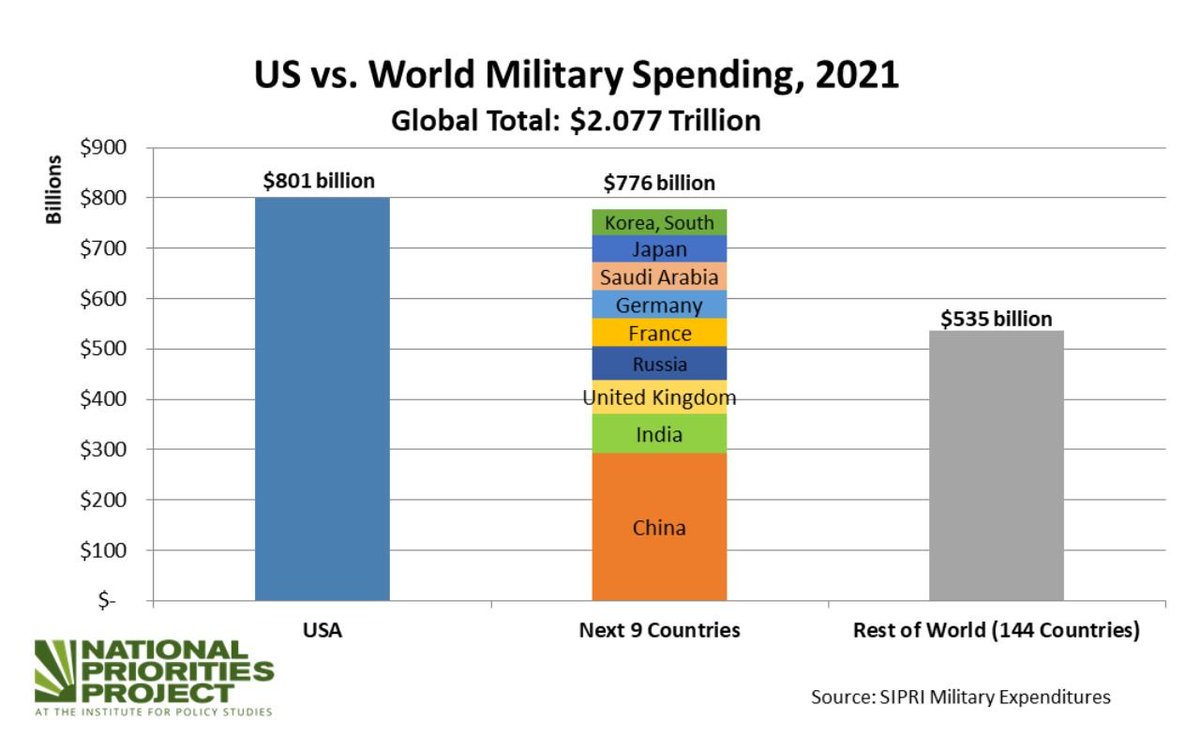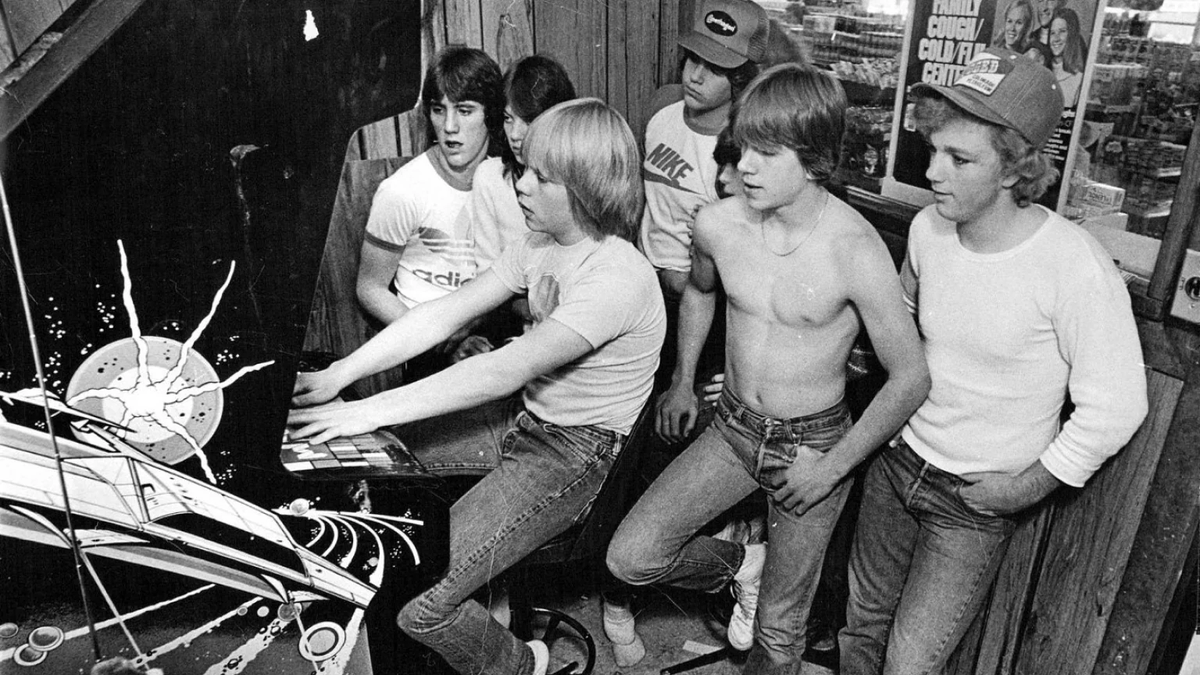No one is talking about how Palantir bypasses military bureaucracy, embeds engineers inside agencies, and forces the government to depend on it.
Peter Thiel calls the CIA a front for Palantir.
How Palantir took over the Pentagon and why no politician can kill it today:🧵
Peter Thiel calls the CIA a front for Palantir.
How Palantir took over the Pentagon and why no politician can kill it today:🧵

But what does Palantir even do?
Palantir builds data platforms that turn disconnected information into actionable intelligence.
Think phone records, bank data, social media, travel history - their software merges it all and predicts what you might do next.
Palantir builds data platforms that turn disconnected information into actionable intelligence.
Think phone records, bank data, social media, travel history - their software merges it all and predicts what you might do next.
Palantir's story starts in 2004.
Peter Thiel saw how PayPal caught financial fraudsters by connecting seemingly random data points.
He had a bigger vision: What if the same technology could catch terrorists?
The CIA invested $2M and became Palantir's only client.
Peter Thiel saw how PayPal caught financial fraudsters by connecting seemingly random data points.
He had a bigger vision: What if the same technology could catch terrorists?
The CIA invested $2M and became Palantir's only client.
The CIA stress-tested Palantir's limits for 3 years.
The software digested decades of intelligence reports, surveillance data, and field operations.
It found hidden terrorist cells by connecting bank transfers to phone calls to travel patterns that human analysts had missed.
The software digested decades of intelligence reports, surveillance data, and field operations.
It found hidden terrorist cells by connecting bank transfers to phone calls to travel patterns that human analysts had missed.
In Afghanistan, Marines used Palantir to find bomb-makers by connecting fingerprints on shell fragments to anonymous tips.
In Pakistan, it helped find Osama bin Laden.
Author Mark Bowden dubbed it "the first real Killer App."
In Pakistan, it helped find Osama bin Laden.
Author Mark Bowden dubbed it "the first real Killer App."

By 2008, word spread through Washington's intelligence corridors:
• NSA used Palantir to analyze global surveillance data
• FBI used it to map criminal networks
• Pentagon used it to track insurgents
This video explains how Palantir helps agencies:
• NSA used Palantir to analyze global surveillance data
• FBI used it to map criminal networks
• Pentagon used it to track insurgents
This video explains how Palantir helps agencies:
Wall Street took notice of Palantir soon enough.
JPMorgan signed a $150M contract first. Then Goldman Sachs. Morgan Stanley. Deutsche Bank.
They all wanted Palantir's fraud-catching abilities. Wall Street had found its digital watchdog.
JPMorgan signed a $150M contract first. Then Goldman Sachs. Morgan Stanley. Deutsche Bank.
They all wanted Palantir's fraud-catching abilities. Wall Street had found its digital watchdog.

Palantir's real genius isn't just software. It's how they've made themselves impossible to remove from the Pentagon's nervous system.
When the Pentagon needs new software, defense contractors take years to build systems.
By the time they're done, the tech is already outdated.
When the Pentagon needs new software, defense contractors take years to build systems.
By the time they're done, the tech is already outdated.

Enter Palantir's strategy:
Instead of playing by Pentagon rules, they send engineers directly into military units.
These engineers work alongside soldiers, build in real time, and solve problems on the spot.
Instead of playing by Pentagon rules, they send engineers directly into military units.
These engineers work alongside soldiers, build in real time, and solve problems on the spot.
This creates what Palantir calls the "Defense Data Flywheel".
Every new military contract gives them more data and more data makes their AI smarter. And smarter AI wins them more contracts.
Traditional defense contractors hate this model. But they can't compete.
Every new military contract gives them more data and more data makes their AI smarter. And smarter AI wins them more contracts.
Traditional defense contractors hate this model. But they can't compete.

Palantir has 3 core tools today:
• Gotham - The original spy platform the US military can't live without
• Foundry - A commercial software that powers companies like IBM & Morgan Stanley
• Apollo - The backbone that deploys Palantir anywhere, even in classified networks
• Gotham - The original spy platform the US military can't live without
• Foundry - A commercial software that powers companies like IBM & Morgan Stanley
• Apollo - The backbone that deploys Palantir anywhere, even in classified networks

Palantir expects to generate $4 billion+ in revenue by 2025.
Its expansion in AI, particularly in defense AI integration and the commercial sector, will benefit it significantly.
Its expansion in AI, particularly in defense AI integration and the commercial sector, will benefit it significantly.

Thiel used to run Palantir and other companies at level 5 of delegation.
Something most founders today struggle with or don't even know exists.
Something most founders today struggle with or don't even know exists.

If you can't delegate, you can't scale beyond a certain point.
I've seen multiple founders destroy their companies simply because they want to do everything themselves.
That's why Athena finds you elite EAs so you can focus on your business better.
athena.com/?utm_source=tw…
I've seen multiple founders destroy their companies simply because they want to do everything themselves.
That's why Athena finds you elite EAs so you can focus on your business better.
athena.com/?utm_source=tw…
• • •
Missing some Tweet in this thread? You can try to
force a refresh





















